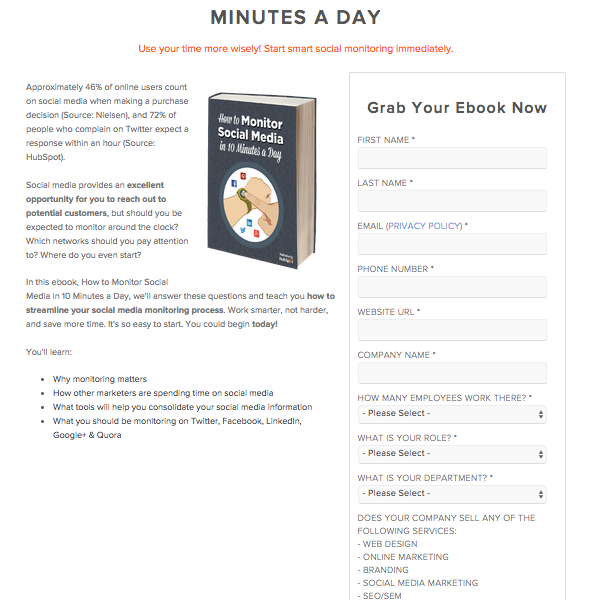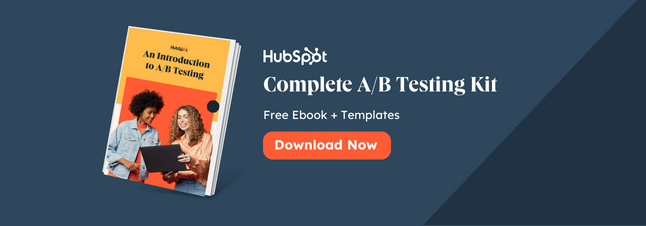Mobile Conversion Rate: What It Is and How To Increase It
Is your website ready to attract and convert mobile website visitors into leads?
According to Adobe, companies with mobile-optimized sites triple their chances of increasing mobile conversation rate to 5% or above.
If that’s not enough to sell you on the importance of delivering a mobile-optimized experience, Google recently announced that more Google searches take place on mobile devices than on computers in 10 different countries including the United States and Japan.
All this talk of mobile got me thinking about how website visitors were accessing our offers. And after a closer look, I discovered that conversion rates on our landing pages were 20-30% lower from visitors coming from mobile. (As a lead generation geek, you can imagine how psyched I was to uncover such a huge opportunity for gathering more leads.)
With this information in tow, I set out to solve this problem — and I think you’ll be intrigued by what I found.
The Methodology
The hypothesis of this experiment was that by making content more easily digestible on mobile devices, it would increase conversion rate. However, getting inside the heads of our mobile visitors took a bit of reflection. I had to ask myself, “What would cause someone to bounce?”
Some answers I came up with were:
- The form is too long.
- There is too much text on the landing page to read.
- The design isn’t formatted for a mobile phone.
When presented with information that is not super mobile-friendly, a visitor won’t hesitate to bounce from your landing page.
Why?
Not only are poorly formatted pages time-consuming, but they also don’t appear very reputable, which often causes visitors to lose trust. With that decided, we knew we needed a way to condense all the information on the landing page to fit the size of a mobile screen.
The Experiment
To give you a better idea of what we were working with, check out what our landing pages looked like initially:
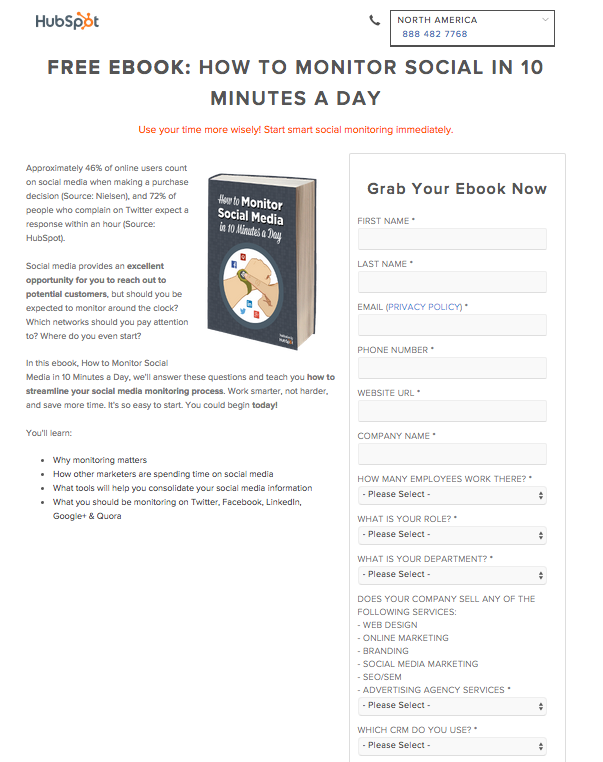
As you can see, it was quite long with a lot of content. So in order to improve the user experience on these landing pages, we leveraged smart content to shorten the display for mobile users. (To learn more about how smart content works, check out this resource.)
The first step we took was shortening the content and formatting the images for mobile:
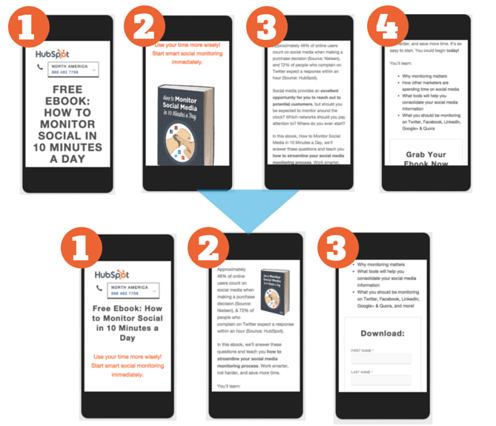
Once that was completed, we tackled the form:
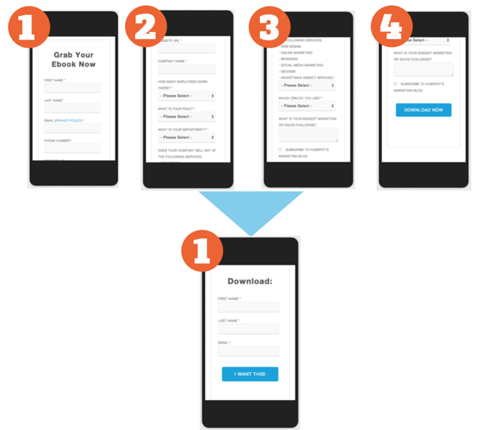
Voilà! With the help of smart content, mobile visitors are now shown a shorter, more digestible form.
The Analysis
With the changes in place, we decided that measuring the page’s bounce rate would help us determine if the mobile smart forms helped improve our conversion rates. Essentially, bounce rate refers to the percentage of people who only viewed a single page — it’s the number of people who visit our landing page and then “bounce” without converting on a form.
For this experiment specifically, we needed to figure out how many people filled out the form that came from a mobile device. Here’s a step-by-step explanation of how we approached this:
- We used Google Analytics to find the number of “new users” to hubspot.com. I measured new people to hubspot.com on mobile (and not repeat visitors) because existing people in our database would not be net new prospects (which is what I’m solving for).
- I used HubSpot to determine the number of new prospects from the mobile smart form.
- I calculated the conversion rate using the following formula: Conversion Rate = New Prospects / New User PVs
- I calculated the bounce rate using the following formula: Bounce Rate = 100% – Conversion Rate
The Results
Results from Mobile Smart Form Test
By switching to mobile smart forms, we managed to decrease bounce rate (and therefore increase conversion rate) on each landing page tested by an average of 27%. Bounce rates that were previously between 50-90% are now between 20-50%.
Visitors now have a smoother experience and are less likely to leave the page before viewing and completing the form.
Results from Mobile Optimized Content Test
After optimizing the mobile smart forms, we tested shortening the content and optimizing the images for mobile. This produced a 10.7% decrease in bounce rate. (We expect this number will keep decreasing with continued optimization.)
The Takeaways
Through this experiment, I learned to solve for the user. I also learned the importance of placing myself into the shoes of the user to better determine why and how conversions happen (or don’t happen) in the first place.
While marketers don’t always think of UX, this experiment proved that there is no denying its importance. If your website is slow to load, visitors might leave. If the user has to scroll through six screens worth of content to reach a form, they might leave. If the form they arrive at has 10 tiny fields, they might leave.
See my point here? To improve the odds of a conversion actually taking place, always solve for the user.
![]()

